The most frequently used reagent in all laboratories is water. One can get water in laboratories very easily. However, the question is, is the quality of water that you are using, appropriate for your laboratory experiment?
Read on or watch the video to know about your laboratory water.
There are different types of laboratory-grade water. While working in the laboratory, the selection of the appropriate type of water is very crucial. The type or the purity of the water required depends on the type of the experiment you are performing. Water may contain a variety of contaminants. Water contaminants include small particulates, microorganisms, dissolved organics & dissolved inorganics, and/or pyrogens. A small amount of the salt or presence of a biological contaminant can drastically change the final results and conclusion of the experiment.
Different Types of Water
To measure water quality or purity, a water sample is examined for set parameters and compared with the preset standard values.
ASTM International, formerly known as the American Society for Testing and Materials has designed and developed different standards for water types.
Here are different set parameters used to examine water purity level.
- Resistivity: Resistivity measures water’s ability to resist or conduct an electrical charge. Resistivity decreases with the increasing level of ionic impurities. It does not measure organic compounds from biological contaminants. The resistivity or resistance of pure water is 18.2 MΩ × cm at 25°C.
- TOC: Total Organic Carbon (TOC), measures the total amount of organic carbon that is found in a water sample. The higher TOC levels indicate the presence of bacterial contamination and decomposed biological materials in the water. TOC is measured in parts per billion (PPB). Type 1, ultrapure water has less than 10ppb.
- Bacteria: Bacterial water contamination is very common; therefore to determine laboratory water quality, measurement bacterial contamination is always imperative. The bacterial contamination is measured in terms of colony-forming units per unit volume of water. This determines the number of bacterial cells having the potential to multiply and the ability to grow in water. In 1ml of Type I ultrapure water there are less than 10 bacterial colonies.
- Endotoxins: After bacterial cell death, endotoxins are released. Endotoxins are lipopolysaccharide molecules. The measurement of endotoxins is essential while determining the water purity as they are able to cause contamination to labware easily. Type 1 Ultrapure water has less than 0.03 Endotoxin Units per ml of water.
There are four different types of laboratory grade water defined by ASTM, namely Type I, Type II, Type III and Type IV. Each type defines its own purity level.
Here are different types of laboratory-grade water defined by ASTM:
- Type I: Type I water is defined as Ultrapure by ASTM. It has a resistivity of >18 MΩ-cm and conductivity of <0.056 µS/cm. It contains <50 ppb of Total Organic Carbons (TOC). This truly ultrapure water is used in most of the analytical labs. Other applications include gas chromatography HPLC, tissue culturing, cell culturing, mass spectrometry, and trace elemental laboratory instruments.
- Type II: Type II water defined by ASTM is not pure as Type I; however it is cleaner than Type III. It has a resistivity of >1 MΩ-cm, a conductivity of <1 µS/cm and <50 ppb of TOC. Type II water is applicable in media preparation, sample dilution, radioimmunoassay, and electrochemistry. It is also used as feed water to the Type I water system. As Type II water builds less calcium, it can be used to feed to instruments and clinical analyzers.
- Type III: Type III water is made by using a reverse osmosis (RO) system. With the RO technique, it can remove almost 90% to 99% contaminants. However, its purity grade is less than Type I and Type II water. It has a resistivity of >4 MΩ-cm, a conductivity of <0.25 µS/cm and <200 ppb of TOCs. It has many general laboratory applications such as media preparation, glassware rinsing, and not so critical laboratory applications. It can also be used as a feed water source to the Type I water system.
- Type IV: Type IV is also produced using the RO system (reverse osmosis) it can also be used as a feed source to Type I or Type II deionized (DI) system. It has a resistivity of 200KΩ and a conductivity of <5µS/cm.
|
Water Grade |
Resistivity
(MΩ ´ cm) |
TOC
(ppb) |
Bacteria
(CFU / ml) |
Endotoxins
(EU / ml) |
| Type 1 | >18 | <5 | <10 | <0.03 |
| Type 2 | >1 | <50 | <100 | <0.25 |
| Type 3 | >4 | <200 | <1000 | NS |
Level of Contaminants in Different Water Purity Types*
*According to ASTM Standards for Laboratory Reagent Water (ASTM D1193-91)
Source: https://www.laboratory-equipment.com/blog/type-laboratory-water-need/
Other types of water used in the laboratory:
The other commonly used water types include Deionized water, Distilled water, and RO water.
- Deionized Water (diH2O): As the name suggests ions are removed from the water using filtration techniques. Deionized water can be used for general washing purposes in the lab and for making few buffers. The buffer made by using deionized water should always be filtered with a 0.45 µm or a 0.2 µm filter, especially for long term use.
- Distilled water is the most commonly used water type for laboratory purposes such as preparation of media, saline, and other related work. Distilled water is prepared by the process of distillation. Here in the distillation process water is boiled and cooled. The condensed steam obtained through this process is referred to as distilled water.
- RO water: RO water is prepared by using a reverse osmosis system. Reverse osmosis system removes ions, organic material, and microorganisms from water. RO water can be used for the variety of applications including making buffers, mass spectrometry, preparation of media for bacterial or cell culture, High-performance liquid chromatography (HPLC), and general molecular biology techniques for PCR and cloning.
The demand for the type of laboratory grade water differs with the type of research and experiment performed by the researcher. To fulfill the varying requirements of the scientist, laboratories should have water purification units as per the need. While selecting a water purification system it is very essential to consider the quality of the water needed and volume required. The other important factors that should be considered include the cost of the system, the comfort of the use, and storage pace.
To avoid false results, contaminated samples, damaged work, waste of time, wrong conclusions, and overall disappointment always choose laboratory-grade water with appropriate type and purity for your specific work.
References:
- https://www.laboratory-equipment.com/blog/type-laboratory-water-need/
- https://www.orf.od.nih.gov/TechnicalResources/Documents/DTR%20White%20Papers/Laboratory%20Water-Its%20Importance%20and%20Application-March-2013_508.pdf
- https://bitesizebio.com/33270/types-of-water-lab/
- https://www.labconco.com/articles/water-type-difference



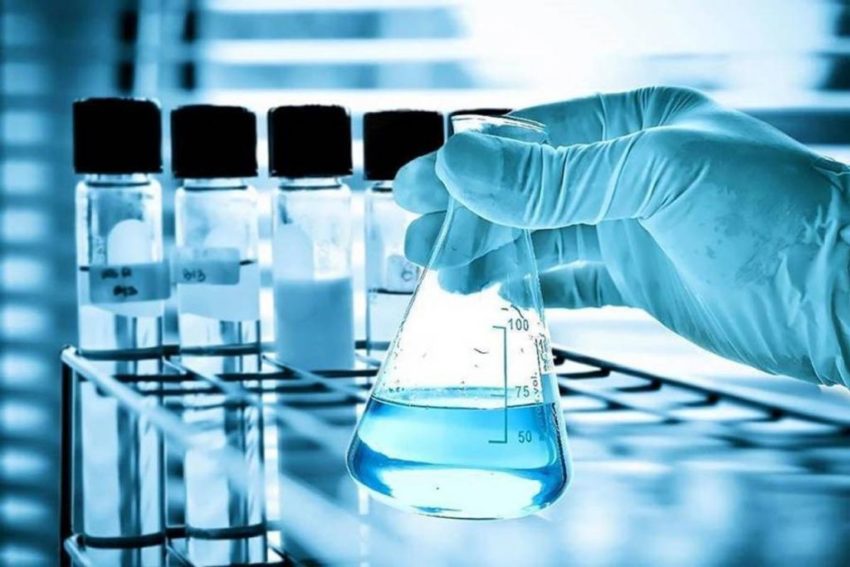

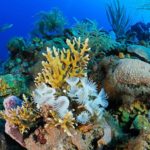
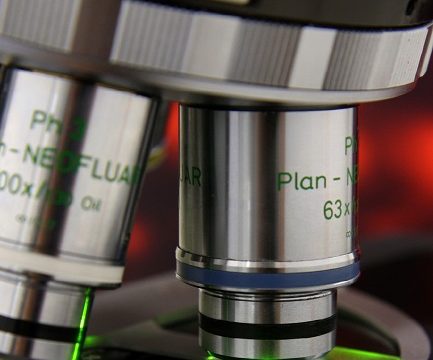
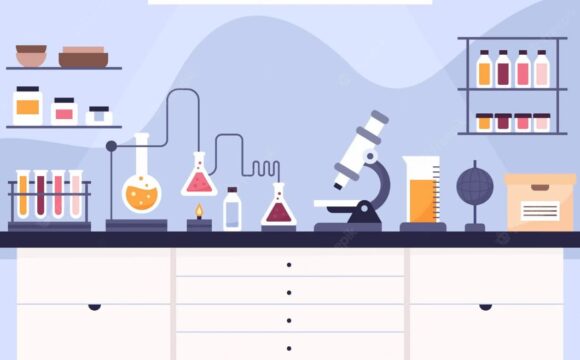
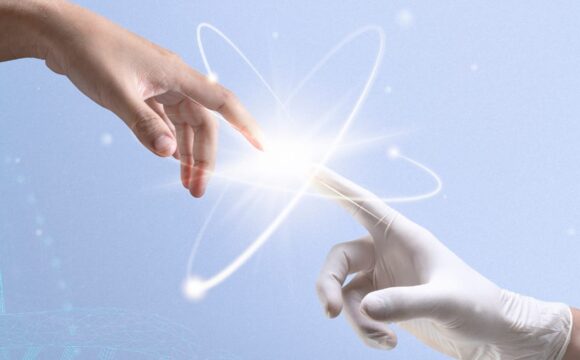
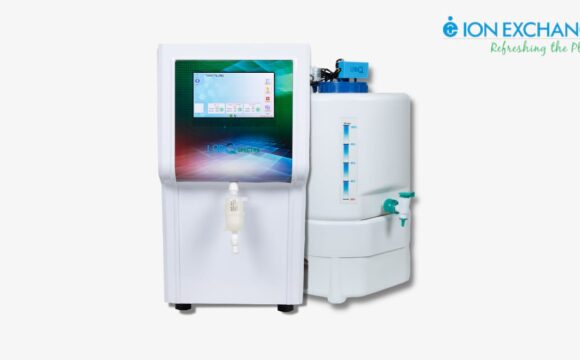

Nice article
Thanks! Glad you liked it !